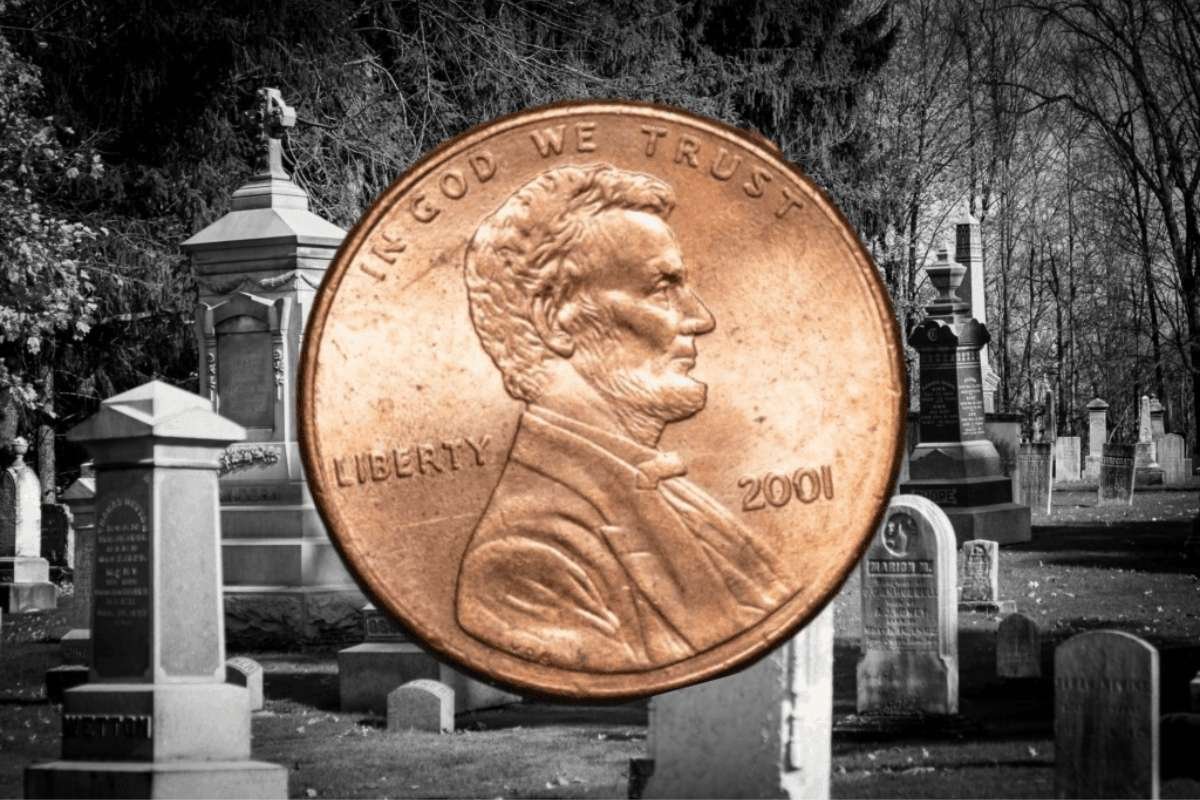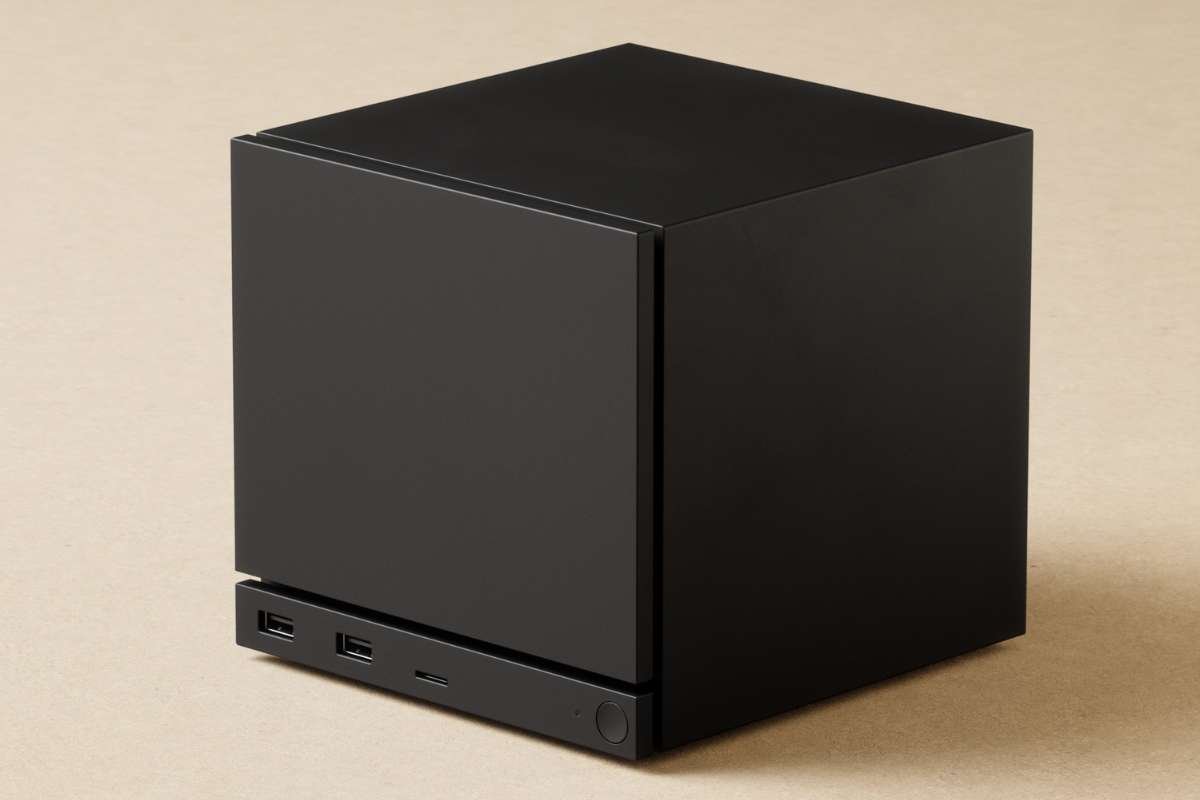YouTube has begun rolling out a significant redesign of its YouTube TV App for smart TVs and consoles, and not all users are thrilled with the change. The update alters the Subscriptions tab by placing YouTube Shorts—its vertical, short-form video format—at the top of the page, ahead of traditional long-form videos. The redesign, announced last month, is now making its way across platforms including Apple TV, Google TV, and other console-based YouTube apps.
The updated interface separates Shorts from regular YouTube videos, presenting them in a dedicated row that occupies the most prominent screen space. While the Shorts displayed still come from creators users are subscribed to, the vertical layout of these clips pushes standard videos further down the page, requiring viewers to scroll to find them. The shift marks a clear effort by YouTube to emphasize its TikTok-style content, even on devices primarily used for consuming long-form media.
User Frustration Builds Over Viewing Experience
Initial reactions to the update have been far from positive. Many users have taken to Reddit and other forums to voice their dissatisfaction with the new layout. One Reddit user, u/AtlasMMX, pointed out the impracticality of not being able to see their long-form content at a glance—even on a large 77-inch TV screen. Their critique highlights a key frustration: the top portion of the Subscriptions page on the YouTube TV App now feels like wasted space, as it could be used to display both Shorts and standard videos side by side.
Other users echoed this sentiment, emphasizing how the change disrupts the viewing experience for those who primarily use YouTube on their televisions for traditional, long-form videos. With no option available to rearrange the order or revert to the previous design, many feel that their preferences are being sidelined in favor of YouTube’s push toward short-form video dominance.
A Shift in Strategy, but at What Cost?
YouTube’s move to promote Shorts more aggressively follows a broader trend across the industry, where platforms are prioritizing mobile-friendly, bite-sized content to compete with apps like TikTok and Instagram Reels. By bringing this strategy to TVs and consoles, YouTube appears committed to unifying its content promotion across devices. However, this approach raises questions about whether short-form videos are suited for the living room viewing experience that TVs offer.
While the platform has yet to respond to the criticism, the backlash indicates a potential disconnect between YouTube’s product direction and the preferences of its television user base. Currently, there is no option to customize or reorder the Subscriptions tab on the YouTube TV App to match individual preferences, leaving some users hopeful that YouTube will listen to feedback and offer more flexibility in future updates.
As Shorts continue to gain prominence, the platform’s challenge will be balancing innovation with user experience—especially when it comes to a diverse audience that values different formats for different screens.
Visit The Enterprise World For The Most Recent Information.


















